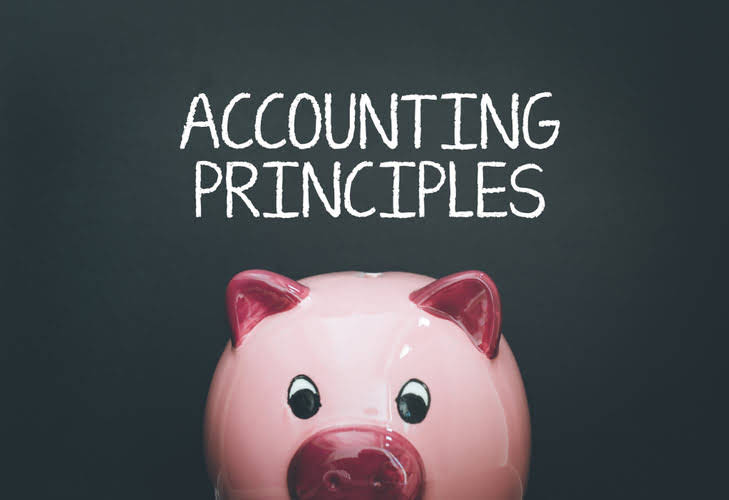
Inventory management is essential to maintain balanced information about products’ value, and overstating inventory assets can significantly affect business. In inventory accounting, NRV estimates the current value of investments, which compares existing assets to current liabilities. This safeguards the company against potential losses in the face of decreasing market prices. Investors and creditors also use NRV to evaluate a company’s management of its resources and financial stability. Understanding the NRV can offer insights into the efficiency of a company’s inventory management and procurement processes, projecting a Accounting Periods and Methods transparent financial scenario. It is accepted in both the accounting standards, GAAP and IFRS to ensure the ending inventory value is neither overestimated nor underestimated.
Consolidation & Reporting
- Net realizable value analysis is a way to check estimated selling prices of goods and services.
- Net realizable value is an important metric that is used in the lower cost or market method of accounting reporting.
- Take your learning and productivity to the next level with our Premium Templates.
- Net realizable value is calculated by subtracting the costs of production and sales from the asset’s market value.
- Subtract the allowance for doubtful accounts from the total accounts receivable.
- Adding to this, costs for advertising and handling the sale amount to $30,000.
NRV may be calculated for any class of assets but it has significant importance in the valuation of inventory. Both GAAP and IFRS require us to consider the net realizable value of inventory for valuation purposes. Under GAAP, inventories are measured at lower of cost or market provided that the market value must not exceed the NRV of inventory.
Understanding the Concept: Lower of Cost or Net Realizable Value

The LCNRV is a rule used to estimate and record the current value of a company’s inventory either at the original cost of acquisition or the net realizable value (the net realizable value formula estimated selling price less predictable costs), whichever is lower. To ascertain this figure, you might scrutinize historical sales data, consider current market trends, and evaluate the condition and usability of the asset. It’s also important to account for market saturation or scarcity, which can influence price expectations. Inventory valued at net realizable value is those assets in inventory that include the expected selling price minus the total production cost. To calculate a value for inventory assets, companies calculate raw materials, labor, and other direct costs. Net realizable value is the value of an asset which is how much cost will receive on sale minus the selling cost.

Key Components of the Lower of Cost or Net Realizable Value Formula
To sell this table, the company needs to spend $50 on finishing touches, $100 on packaging, and $50 on shipping. The terms “net realizable value” and “current assets” are frequently used concerning inventory and accounts receivable. To calculate the sale price per unit for the non-defective units, only the selling costs need to be deducted, which comes out to $55.00. Calculating the NRV helps companies avoid overestimating the cost of these current assets. As such, it provides an accurate picture of their financial standing for key stakeholders, including investors and management.
- We offer an extensive library of learning materials, including interactive flashcards, comprehensive textbook solutions, and detailed explanations.
- Suppose the cost to produce a product is £100 and the selling price in the market is £120.
- It is a conservative method, which means that the accountant should post the transaction that does not overstate the value of assets and potentially generates less profit for valuing assets.
- Direct costs, such as direct labor and direct materials, direct labor, are included in the cost of inventories.
- By reporting the inventory at its NRV, a business avoids overstating its assets on the balance sheet, which could otherwise mislead stakeholders about the company’s profitability and overall financial position.
- It just helps businesses to understand the production of which products are making more profits than others.
Allocating costs in joint production processes
It maintains the correct value for the product and helps accountants from overstating assets’ value. When the net realization value is figured out, firms are able to conduct accurate inventory accounting. This valuation technique is used by both generally accepted accounting principles https://www.bookstime.com/ (GAAP) and international financial reporting standards (IFRS).
